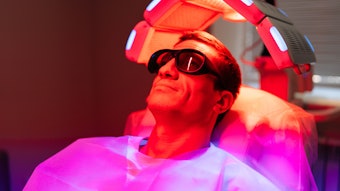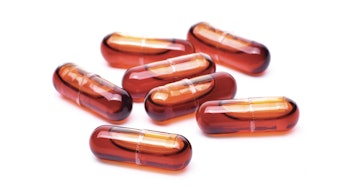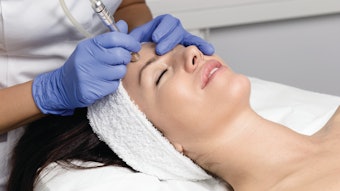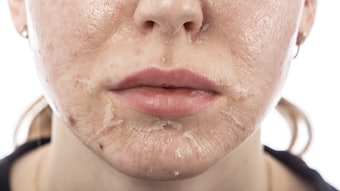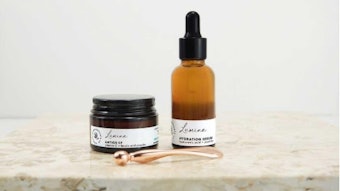Activating the expression of a lipid-signaling molecule in the skin may have anti-aging effects, according to Korean scientists. Research published in the Journal of Dermatological Science investigated the effect of the activator K6PC-5 on the activity of sphingosine-1-phosphate (S1P)—a molecule that, in its role as a cell messenger, helps regulate cell proliferation, differentiation and survival.
A growing body of scientific literature has documented the physiological effects of S1P. However, according to the scientists, led by Seung Hun Lee at the Yonsei University College of Medicine in Seoul, Korea, no study has investigated the effect of chemically inducing S1P expression by the activator K6PC-5 on aging skin.
Proliferation of dermal fibroblasts
Hun Lee and the team first investigated in vitro the effect of K6PC-5 on human dermal fibroblasts, as these are known to decrease as part of the aging process, finding that the activator promoted the proliferation of the cells. In addition, the K6PC-5 significantly promoted collagen synthesis, according to the scientists.
In order to investigate whether the positive effect of K6PC-5 was due to its activation of S1P, the scientists measured the intracellular Ca2+ concentrations. S1P is known to increase intracellular Ca2+ and the study showed that K6PC-5 increased the concentration of Ca2+, therefore supporting the team’s hypothesis that the molecule’s positive effect on fibroblast and collagen synthesis is due to its effect on S1P.
Topical application
The team then went on to look at the effect of topically applying the activator to aged mouse skin. K6PC-5 was applied as part of a 1% solution daily for two weeks to a group of 56 week-old mice. The number of dermal fibroblasts and collagen production in the mouse skin was then compared to mice who had received the vehicle solution and those who had received nothing.
The topical application of K6PC-5 was seen to increase the number of dermal fibroblasts and up collagen synthesis, according to the study. In addition, studies were performed on the effects of the activator on the skin’s barrier function in order to determine whether the treatment could have potential negative side effects. Applying the sphingosine kinase activator to mouse skin did not alter the transepidermal water loss, skin hydration or skin pH, reported the scientists, concluding that this suggests there will be few side effects of the treatment.
The team has also reported the benefits of topical application of K6PC-5 when applied to wrinkles around the eye area via is effect on S1P, and here conclude a ‘role for S1P on the treatment of the effects of skin aging’.
Reference: Jong-Kyung Youm, Hae Jo, Jeong Hee Hong, Dong Min Shin, Mi Jung Kwon, Se Kyoo Jeong, Byeong Deog Park, Eung Ho Choi, Seun Hun Lee, “K6Pc-5, a sphingosine kinase activator, induces anti-aging effects in intrinsically aged skin through intracellular Ca2+ signaling,” Journal of Dermatological Science, Issue 51, Pages 89–102, 2008
CosmeticsDesign-Europe.com, August 12, 2008
